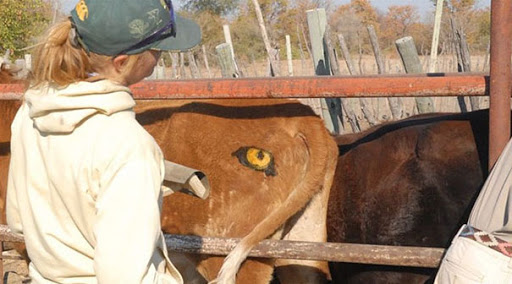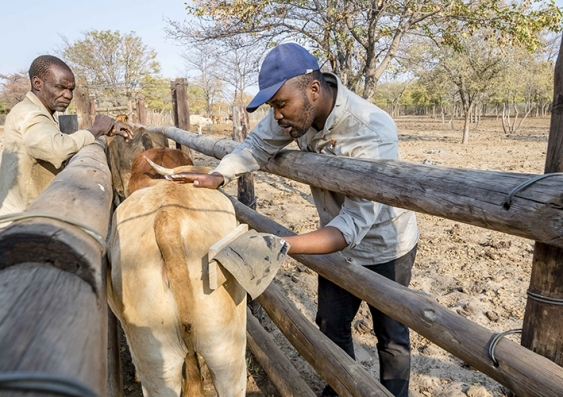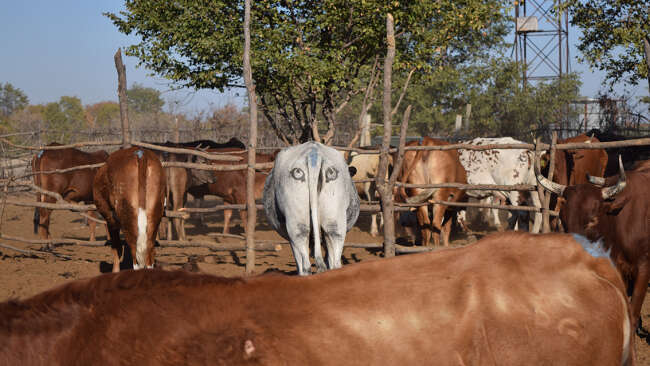
The Surprising Method Worked Surprisingly Well
It turns out that painting eyes on the buttocks of livestock keep predators away from the grazing livestock. Researchers discovered this in Botswana, where they realized that using this interesting method kept lions and hyenas away from the cattle. The best part about it is that this method is humane for both predator and prey that avoids senseless unnecessary killing or putting up divisive fences.
Botswana’s beautiful landscapes feature the lush Okavango Delta, where many of Africa’s creatures roam about freely. These include lions, leopards, spotted hyenas, cheetahs, and wild dogs. Also living here is a large portion of the country’s livestock, which accounts for nearly 80% of the country’s agricultural earnings. This is why researchers from the University of New South Wales (UNSW) decided to find a solution.
By tricking predators, who typically rely on stealth when attacking their prey, into thinking that they’ve been seen, perhaps they would give up on the ambush. UNSW Science and Taronga Western Plains Zoo researcher Dr. Neil Jordan explained: “Lions are ambush predators that rely on stalking, and therefore the element of surprise, so being seen by their prey can lead to them abandoning the hunt.”
Jordan continued: “We tested whether we could hack into this response to reduce livestock losses, potentially protecting lions and livelihoods at the same time.”

A More Humane Method
The issue of human-wildlife contact is a growing problem in many African countries, but erecting fences in order to get rid of natural predators and hunters is not an effective solution. Researchers worked closely with farmers in order to test the “eye spot” idea. Everyone was surprised and impressed by the results yielded.
The researchers published their findings in Nature Communications Biology, explaining that they tested the eye spots in 14 different herds that were experiencing lion attacks. The herds with extra eyes were found to have the highest survival chances. Cows with 4 eyes painted on them were all left alone.
Dr. Jordan explained: “While these results do support our initial hunch that creating the perception that the predator had been seen by the prey would lead it to abandon the hunt – the detection hypothesis – there were also some surprises.” He continued: “Cattle marked with simple crosses were significantly more likely to survive than were un-marked cattle from the same herd. Although eye-marked cattle were more likely to survive than the other groups, this general ‘conspicuousness’ effect suggests that novel cross-marks were better than no marks at all, which was unexpected.”

Painting Eyes On Cow Butts Is Helpful
This idea may seem farfetched, but it is actually inspired by other creatures of the natural world. Butterflies, birds, and other species have all evolved to include patterns on their bodies that resemble eyes.
Researchers hope that their findings will help farmers use this method as a humane deterrent of predator control that is also ecologically sound.








